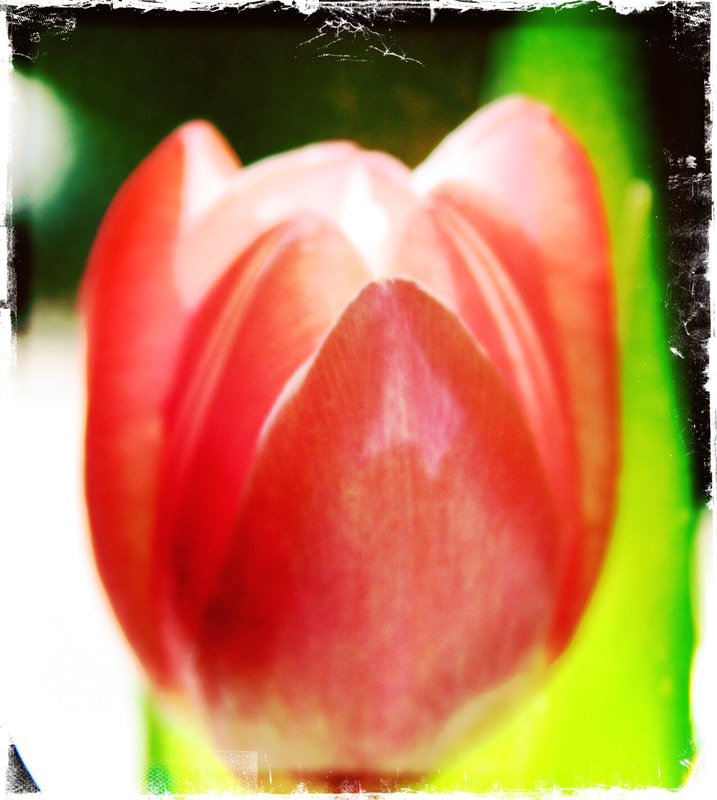ASSAY: A JOURNAL OF NONFICTION STUDIES
5.1
5.1
|
Jamaica Kincaid’s A Small Place has long posed a challenge of classification: At eighty-one pages long, its narrative work does not qualify as a “novel”; yet, its lack of character development and overall plot render “novella” an equally dissatisfying term. The angry tone of the piece has caused some readers to define it as a “polemic,” while others have pointed to its simple structure of “title plus text” as indicative of a creative nonfiction essay. In book reviews, Caryl Phillips and Leslie Garris have referred to it as a “nonfiction essay” and an “enraged essay,” respectively. Academics writing about the work also vary in their terminology: Suzanne Gauch refers to it as an “essay,” Leslie Larkin calls it an “anti-guidebook” in reference to the tourism motif that Kincaid meticulously dismantles in its pages, and Rhonda Frederick simply refers to it as a “text.” Others, such as Jane King in her oft-cited essay “A Small Place Writes Back” (2002), refrain from referring to A Small Place as anything but “A Small Place” (i.e. not as a book, a narrative, a novella, etc.), clearly dissatisfied with its inability to seamlessly align with any of the vocabulary listed above. None of the available terminology used to describe A Small Place seem to capture its inherent, and difficult to pinpoint, multifaceted movement between fiction and nonfiction; a “book” certainly, but also parts non-fiction essay, creative nonfiction, polemic, narrative, and novella.
Arguably, then, A Small Place operates as a hybrid text: in parts all the above descriptors, but one that perhaps best aligns with that of a creative nonfiction novella. An explanation of my meaning is necessary, as in recent years short nonfiction texts have begun to adopt the term “novella” while remaining creative nonfiction (a nod to the nonfiction novel, with Capote and Mailer as prime examples, is also necessary here). For my purposes, using the term “creative nonfiction novella” represents Kincaid’s hybrid use of both fiction and nonfiction in this text. The in-between-ness of this genre conversation speaks to the in-between-ness of Kincaid’s text as a whole: the writer herself lodged between her Antiguan roots and her United States residency, the writings contained therein negotiating the “real Antigua” known to the native and the “ideal Antigua” viewed by the tourist. In combining these two seemingly disparate factors of the fictional and nonfictional into one text through a careful yoking of specificity and allegory, Kincaid widens the scope of what constitutes acceptable form within postcolonial writing, itself both a literary genre and theoretical framework heavily informed by historical record. As a creative nonfiction novella, A Small Place successfully straddles the line between primary and secondary/critical text, its ability to be studied as both offering unique pedagogical implications in higher education courses on topics which range in focus from genre studies, to postcolonial literature, to travel narratives, and to geopolitical and environmental writing.
|
|
Meghan Buckley is a PhD candidate in English and American literature at Stony Brook University. Her research interests include 20th and 21st century American and Anglophone literature with a focus on postcolonial studies, critical race theory, and trauma theory/war literature. She is currently at work on her dissertation, which examines the function of landscape in contemporary literature of the Iraq War.
|

